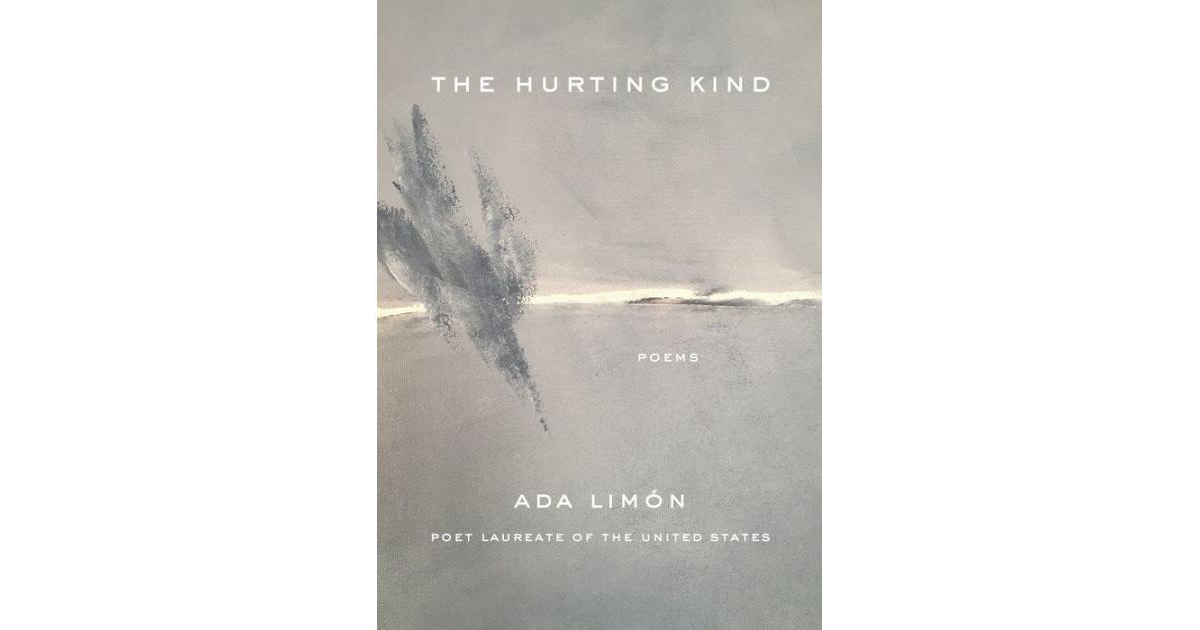Basic and Applied Aspects of Noise-Induced Hearing Loss
Best Price (Coupon Required):
Buy Basic and Applied Aspects of Noise-Induced Hearing Loss for $76.50 at @ Link.springer.com when you apply the 10% OFF coupon at checkout.
Click “Get Coupon & Buy” to copy the code and unlock the deal.
Set a price drop alert to never miss an offer.
Single Product Purchase
Price Comparison
| Seller | Contact Seller | List Price | On Sale | Shipping | Best Promo | Final Price | Volume Discount | Financing | Availability | Seller's Page |
|---|---|---|---|---|---|---|---|---|---|---|
|
BEST PRICE 1 Product Purchase
|
   |
$84.99 | $84.99 |
|
10% OFF
This deals requires coupon
|
$76.50 | See Site | In stock | Visit Store |
Product Details
In September 1985, NATO sponsored an Advanced Study WOl'kshop entitled, "Noise-Induced Hearing Loss: Basic and Applied Aspects." Tne meeting was held in a mountain retreat near Lucca, Italy and was attended by scientists, clinicians, and public officials from 12 countries. This was the third in a series of such conferences organized by the authors. The first two were supported by the United States National Institute of Occupational Safety and Health; their proceedings were published as "The Effects of Noise on Hearing" in 1976 and "New Perspectives on Noise-Induced Hearing Loss" in 1982. The Organizing Committee approached NATO because it was felt that the problem of noise was common to all industrialized countries and was an especially serious problem for the military. Thus, the NATO sponsorship and the Italian site of the meeting were part of the Organizing Committee's plan to obtain an international and thorough repr'esentation on the problem of noise-induced hearing loss. The NATO meeting and proceedings followed the format of the previous two symposia with an initial focus on the anatomical and physiological disturbances resulting from noise-induced hearing loss. This was followed by sections devoted to studies of a more applied nature involving general auditory performance in noise, issues associated with the establishment of noise-exposure criteria, nonauditory effects of noise, and the interaction of noise with other agents.

 Copied
Copied 



